![]() a scholar
a scholar
 JP | EN
JP | EN
 JP | EN
JP | EN
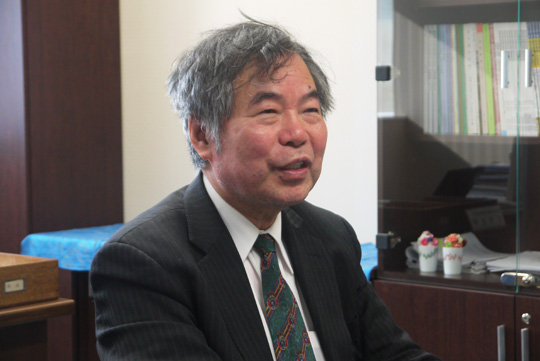
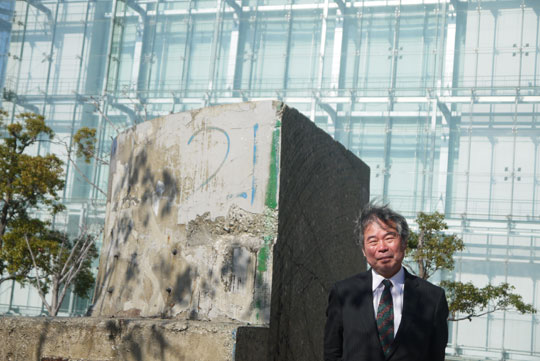
The following morning, most Japanese researchers immediately headed to Kobe. However, since we invited many researchers from the United States, we couldn’t cancel the workshop, so we decided to hold the sessions in the morning. In the afternoon, at the meeting site, where Japan’s leading researchers in the field of disaster risk reduction were in attendance, we were inundated with interview requests from the media, and we spoke to the media in turns. On the second day, we canceled the sessions scheduled for the day and visited Kobe to inspect the sites.

Until I got out of the taxi, I was thinking of what kind of investigation I should conduct in an orderly way as an ordinary disaster reduction professional. However, when I crossed the river and saw the houses falling down, a lot of tears came to my eyes.
We call this type of collapse a “pancake collapse” in our terminology. Many houses collapsed with the first floor falling down to the ground and were reduced to rubble. The sky was very vast and we could still hear cries for help here and there. Some buildings were burning.
Looking at the scene that I had never imagined as a disaster reduction professional, I was deeply shocked and thought “something like this doesn’t happen to us.”
When we go to disaster-stricken areas, we usually take many photographs for investigation. However, since I was a victim and understood how the victims felt, I didn’t feel like taking photographs.
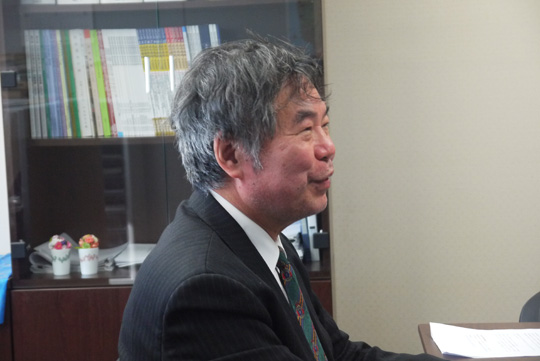
I was involved with disaster prevention planning for Hyogo Prefecture and Kobe City. After the earthquake, I received some calls telling me that “If you had said there was a possibility of the city being hit by an earthquake measuring seven on the Japanese seismic scale and houses being destroyed, we would have implemented seismic reinforcement and my family would have survived.”
Before the earthquake occurred, we researchers used to predict what would happen next, based on what happened in the past. Since Kobe City had not been hit by an earthquake measuring six or above on the Japanese seismic scale, we made a disaster prevention plan based on that fact. Yet, on the contrary, an earthquake measuring seven occurred.
That is, we need to estimate the damage from theoretically predicted earthquakes, with a vision of future possibility, even if they have never happened before.
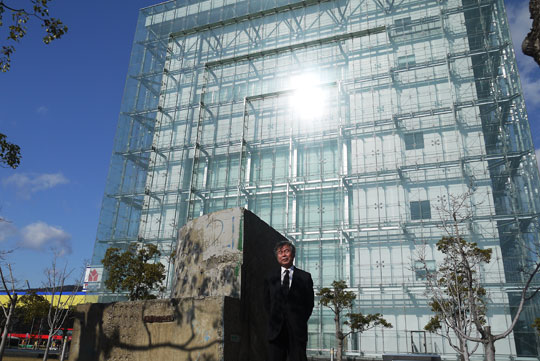 Photo:Dr. Murosaki in front of the Disaster Reduction and Human Renovation Institution, where the Hyogo Earthquake Memorial 21st Century Research Institute is located, for which Dr. Murosaki serves as the Chief Director of Research Bureau. Next to Dr. Murosaki is a part of a concrete bridge pier of the Hanshin Expressway that collapsed in the Great Hanshin-Awaji Earthquake.
Photo:Dr. Murosaki in front of the Disaster Reduction and Human Renovation Institution, where the Hyogo Earthquake Memorial 21st Century Research Institute is located, for which Dr. Murosaki serves as the Chief Director of Research Bureau. Next to Dr. Murosaki is a part of a concrete bridge pier of the Hanshin Expressway that collapsed in the Great Hanshin-Awaji Earthquake.Actually, I myself did say that the city might be hit by an earthquake of level 7 on the Japanese seismic scale. However, I said it to the government, and it didn’t spread to the citizens. I learned a big lesson of how important it is to speak directly to the citizens.
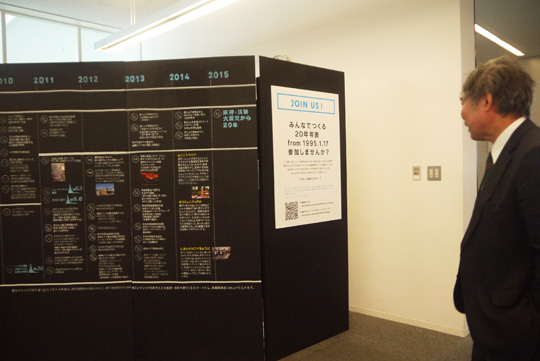 Photo:Exhibition of “20-year timeline made by everyone” at the Disaster Reduction and Human Renovation Institution for sharing experiences of and lessons learned from the earthquake.
Photo:Exhibition of “20-year timeline made by everyone” at the Disaster Reduction and Human Renovation Institution for sharing experiences of and lessons learned from the earthquake.There is the term “responsibilities of disaster-struck areas,” which means to return the support received at the time of a disaster. One of the responsibilities of Kobe is bouncing back from the disaster to create a wonderful society, and sharing the outcome with the world. Another responsibility is returning the favor when any disaster occurs in the future.
Reconstruction is not over once the town makes a full recovery. One reconstruction continues to the next, which will further serve as a basis for another new reconstruction. I call this “a chain of reconstruction.” Japan has experienced numerous disasters since ancient times and made great efforts each time, from which we learned various lessons.
An earthquake recovery fund, which was established in Kobe, was also established in Taiwan and Chuetsu. A similar livelihood support system was developed in Taiwan for the local community development system. The Tohoku region, where reconstruction has been delayed, has recently started to make greater efforts than Kobe did.
Above all, disasters teach us how foolish and wrong human beings are. We reflect on that, and the feelings of regret and remorse make human beings stronger. I believe that’s the power of humanity.
To train your successors, you need to pass on not only your knowledge but also your “heart.” In other words, I have to tell them why on earth I’m studying disaster risk reduction. I believe that it is important in the field of disaster risk reduction research to go to the disaster sites, directly investigate the damage situation, and talk to the sufferers.
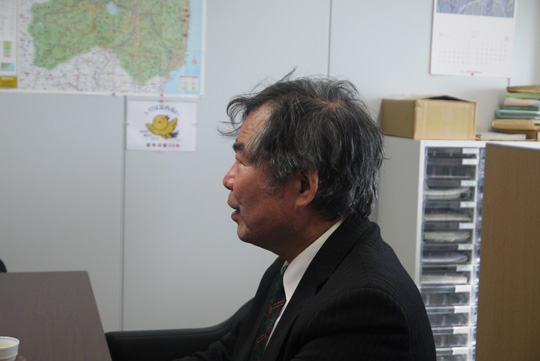
We were presented many challenges by the earthquake, but long-term challenges are mostly forgotten today. In the year of the 20th anniversary of the earthquake, I hope that people remember such challenges again and discuss what was done and what was not in order to reconsider what should continue to be done. I believe that if we address the challenges presented by the disaster, we can be prepared for the next disaster.
 Photo:Local memorial to victims of the earthquake at the Disaster Reduction and Human Renovation Institution. The commemorative event “1.17 gathering” is held every year in front of this memorial.
Photo:Local memorial to victims of the earthquake at the Disaster Reduction and Human Renovation Institution. The commemorative event “1.17 gathering” is held every year in front of this memorial. I was told by one researcher working abroad that “You are probably the only investigator who has been affected by a disaster at the place where you were involved with the disaster prevention plan. It is very meaningful to know the difference between what it is like to see the disaster from the outside and what it is like to see it from the inside.”
Yoshiteru Murosaki
Yoshiteru Murosaki was born in Amagasaki City, Hyogo Prefecture, in 1944. He serves as a professor emeritus of Kobe University, the Chief Director of Research Bureau, the Hyogo Earthquake Memorial 21st Century Research Institute, the President of Hyogo Voluntary Plaza, and a specially appointed professor of the Education Center for Disaster Reduction, the University of Hyogo. He earned his PhD from Kyoto University Graduate School of Engineering in 1971. In 1969, he started disaster reduction research in earnest. Since then, he has continued to study disaster reduction and reconstruction for over 40 years. At the time of the Great Hanshin-Awaji Earthquake, he lived in two places – Sakyo Ward, Kyoto City and Suma Ward, Kobe City – but when the earthquake occurred, he was in Tennoji Ward, Osaka City, to attend the Japan/United States Workshop on Urban Earthquake Hazard Reduction. He was 50 years old at that time. Currently, he lives in Sakyo Ward, Kyoto City, and commutes to Kobe City.